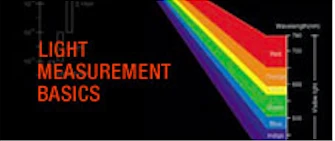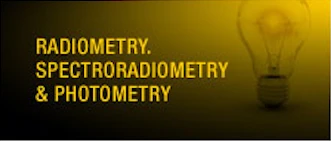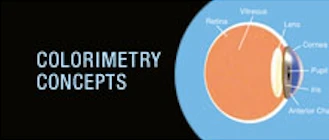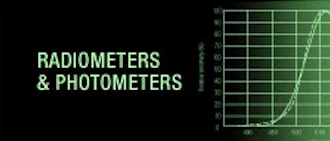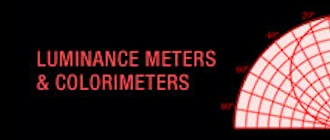Light is necessary for vision. To most of us, it provides a world of visual information. The forms and colors around us are visible only when light from objects around us reaches our eye and triggers the sensation of sight.
What is Light?
Light is a form of energy and is part of a broader range of the electromagnetic spectrum. Electrical, radio waves and microwaves to gamma rays form this electromagnetic spectrum. The visible light spectrum is a relatively small portion of this spectrum, between 380 nm and 760 nm. In general, light is often defined as including the infrared and ultraviolet regions too.
The detection of light is a fundamental process and to measure it requires great understanding. A least understood subject in the field of optics, a probable reason is the introduction of new terminology and concepts.
The measurement of light can be a challenge especially in deciding what to measure and how to measure.
What Can Be Measured?
Generally, the total light energy emitted from a source or falling on a surface can be measured. This total energy can cover a portion of the visible spectrum including ultraviolet and infrared energy. Energy at individual wavelength or over a range of wavelength can be measured.
Another area of interest is color. Color is a property of light and can be measured and quantified.
The science of light measurement is known as photometry and is a subset of the broader field of radiometry – the measurement of radiation outside the visible spectrum.

